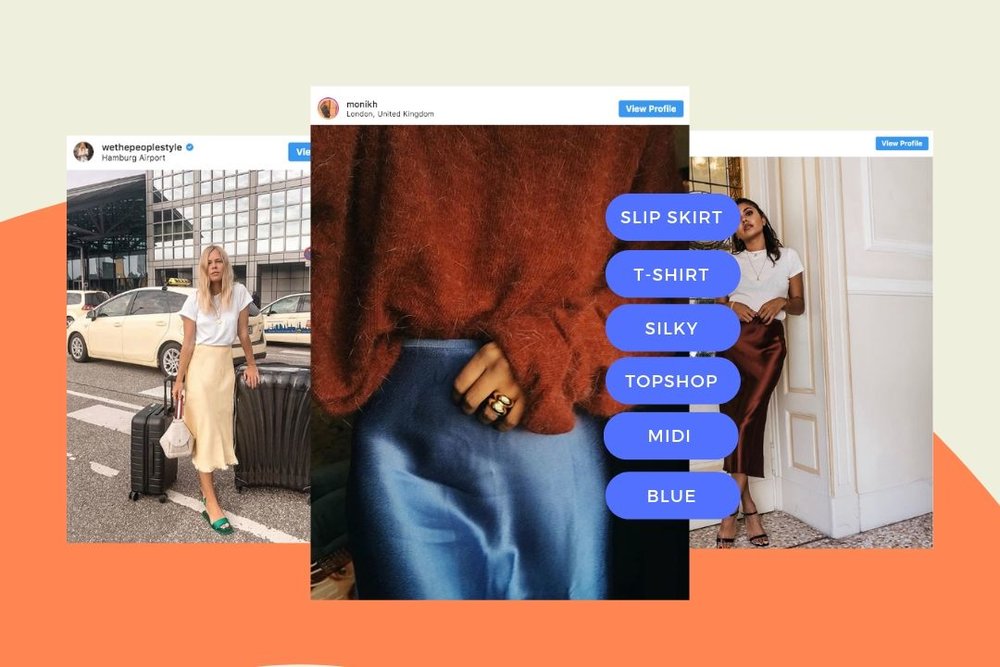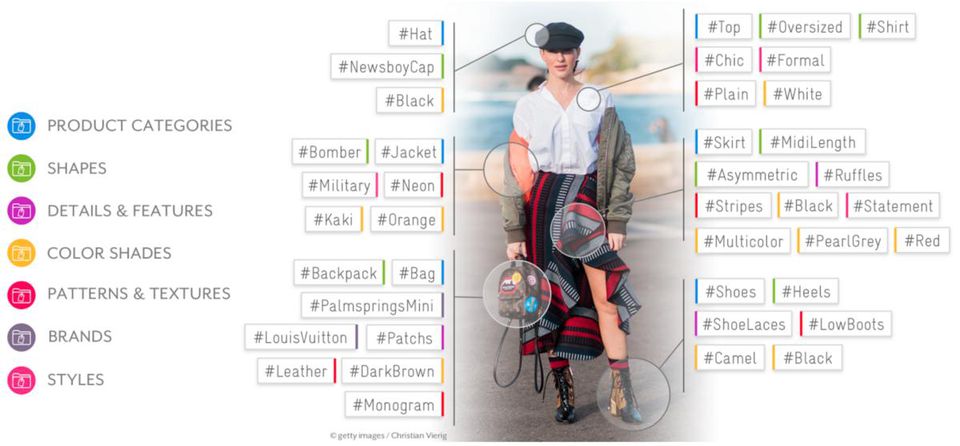As an industry notoriously driven by intuition, luxury retailers are beginning to turn to artificial intelligence (AI) for demand-planning and inventory management. By mining social media, a host of AI start-ups are using user-generated content to track the rise and fall of fashion trends.
WORDS | By Minh Ngo, Lambert + Associates
As an industry notoriously driven by intuition, luxury retailers are beginning to turn to artificial intelligence (AI) for demand-planning and inventory management. By mining social media, a host of AI start-ups are using user-generated content to track the rise and fall of fashion trends.

PARIS, France – The age of sharing (and oversharing) over social media is here to stay: over 100 million photos are published each day on Instagram alone. It’s this wealth of public information that has given numerous AI start-ups a rich library to develop algorithms that are ‘learning’ to pinpoint fashion trends with increasing accuracy.
Traditionally, buyers and merchandisers make their decisions based on a mix of different sources: historical sales figures, store performance, and plain gut instinct. This is what makes the solutions proposed by numerous AI start-ups enticing as they’re arming retailers with the ability to peer into the near future.
By tracking the proliferation of content and engagement on blogs and social media, AI start-ups are capable of tracking a trend’s lifecycle from its infancy through to its eventual saturation. With access to this kind of real-time information, buyers can theoretically allocate their budget to cater to growing trends – like seashell-themed jewellery – and adjust their investment accordingly as soon as demand begins to wane.
Given the spotlight on the amount of unsold inventory generated by the fashion industry and the methods used to dispose of its overstock – who can forget the media blowup over Burberry burning £29 million worth of unsold merchandise? – there’s a clear need for retailers to plan for consumer demand more intelligently.
Winner of the LVMH Innovation Award at Viva Technology 2017, French AI start-up Heuritech is using computer vision and deep learning to analyse over 3 million images on social media every single day. Within a single image, Heuritech evaluates around 2 000 attributes, meaning that it is capable of identifying not only the style, colour or the pattern of a product but also the exact model of say, a Loewe bag or a strappy sandal by Chloé.
Heuritech’s image recognition technology break down the attributes of a street style image.
This technology allows them to pinpoint product trends up to a year in advance. In fact, Heuritech’s data scientists found that Instagram trends were, on average, 6 months ahead of sales. A company spokesperson explained that the market intelligence platform can, for example, anticipate not only the item that will be popular next season but also the best-selling colour option.

Similarly, London-based analytics firm, Edited, also relies on AI to track over 800,000 influencers across Twitter, Facebook, Instagram and blogs. The company uses a mix between text analysis and image recognition to predict product trends across different regions and markets.
The obvious risk of relying solely on AI to make buying and merchandising decisions is the watering down of the retail offering by striving to appeal to current market winds.
Of course, for mass-market players such as Choosy or Asos, their business models rely on feeding trends rather than creating them. It’s also not a sure-fire solution to planning for demand. Earlier this year, Swedish retailer H&M revealed that it holds $4.3 billion worth of overstock due to declining sales.
In contrast to mass-market retailers, brands and retailers within the luxury space have to continually evolve and innovate. In part, because the luxury customer is generally more demanding in terms of their desire for originality, exclusivity and newness. The challenge lies in spotting the brands and products to buy into ahead of the market and maximising sales before trend fatigue sets in.
From our experience, many brands fly under the radar for a few seasons before growing in popularity. In many cases, it takes a trained eye to recognise a brand’s potential.
Since there is no historical data to go off, taking a chance on an emerging designer is clearly a financially risky decision. But it’s also a way for retailers to stand out, as well as to draw in a customer who is craving newness. For some retailers, taking on the risk of investing in emerging designers is an intimate part of their strategy.
Legendary New York department store Bergdorf Goodman prides itself as being the launchpad for many young designer brands. In February this year, e-commerce retailer Net-a-Porter launched the second phase of their Vanguard program, a mentorship scheme providing marketing, sales and business advice to budding designers such as RUH. Luxury British retailer Browns also announced that they were launching a department dedicated to scouting young talent.
It’s exciting to see how these advancements in AI are being applied to the fashion industry. Can we use this technology to spot the next Jacquemus or Off-White? Not quite yet, it seems. Today, AI remains a tool that enhances rather than replaces the decision-making power of buyers and merchandise planners.
What’s certain is that a hybrid approach – combining the human touch with AI – will allow retailers to react to trends in a nimbler way, whilst still keeping an eye out for the next big thing.

Lambert + Associates is a European fashion and luxury retail consultancy firm. As part of our scouting services, our product experts track and monitor up-and-coming designers and brands around the world. If you are a retailer seeking to review your strategic brand mix, get in touch with our team via the link below.
© 2024 AUSTRALIAN FASHION COUNCIL All Rights Reserved